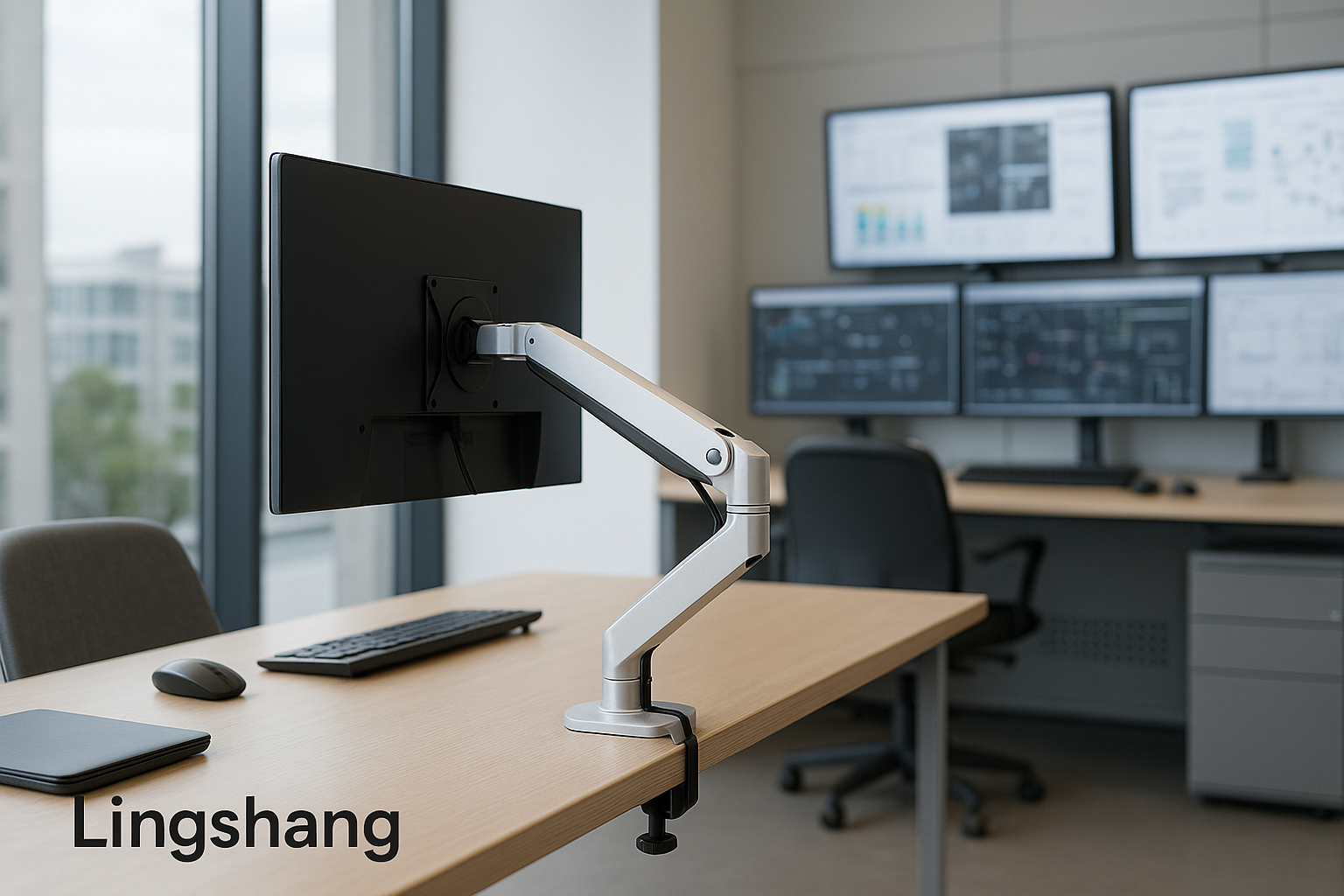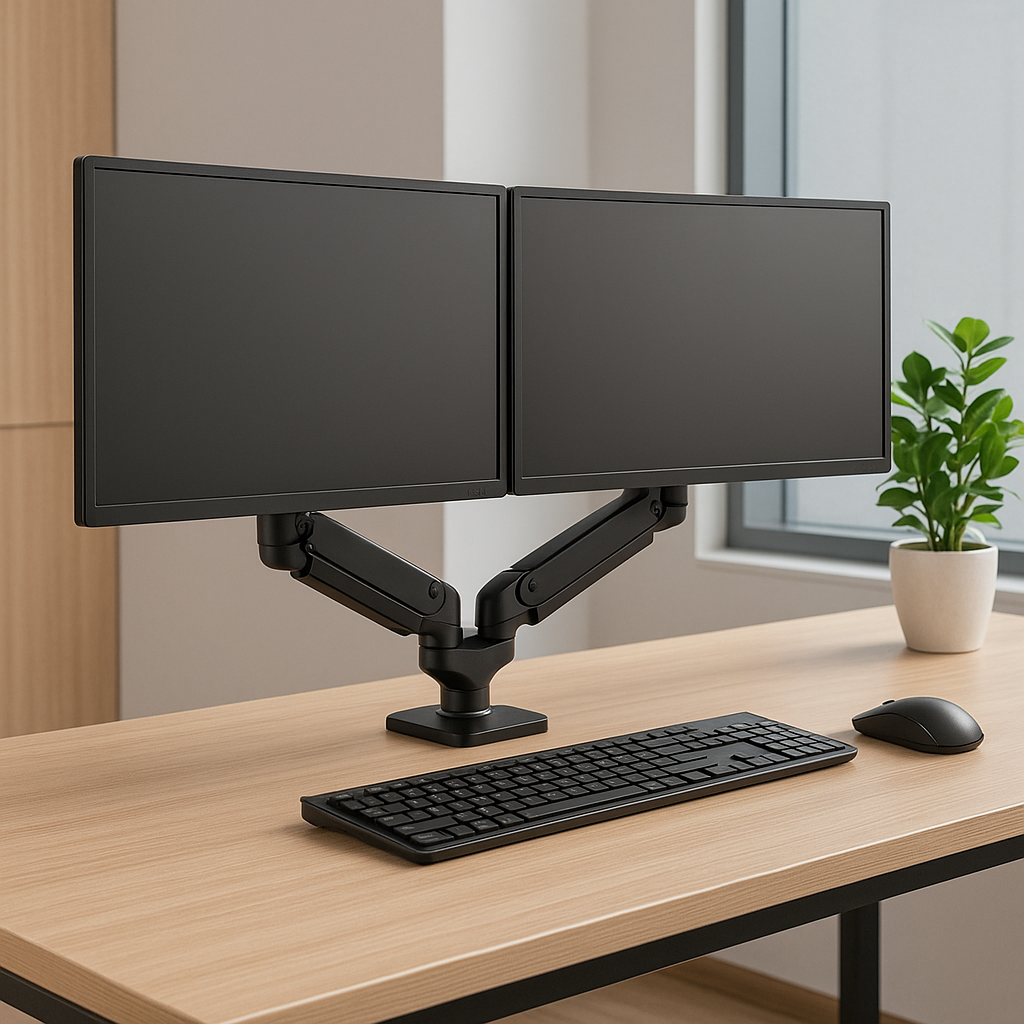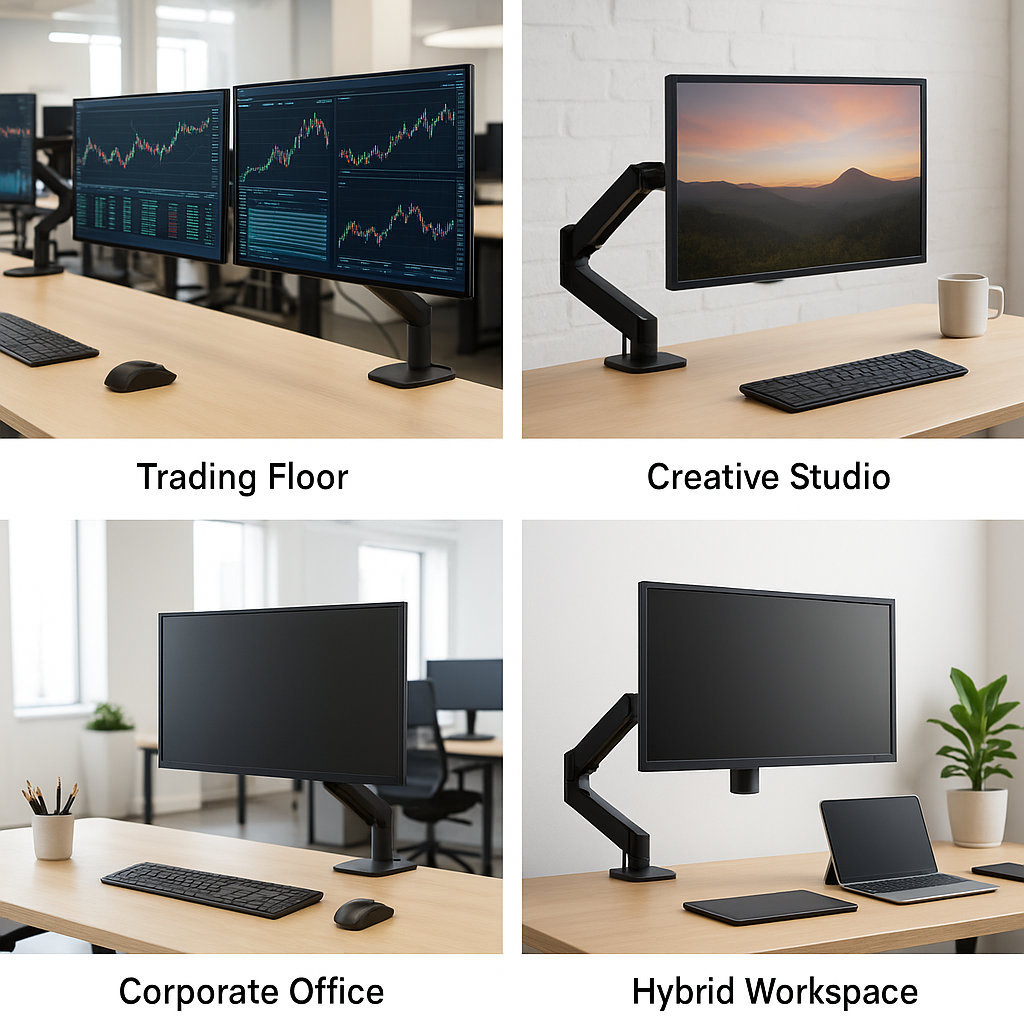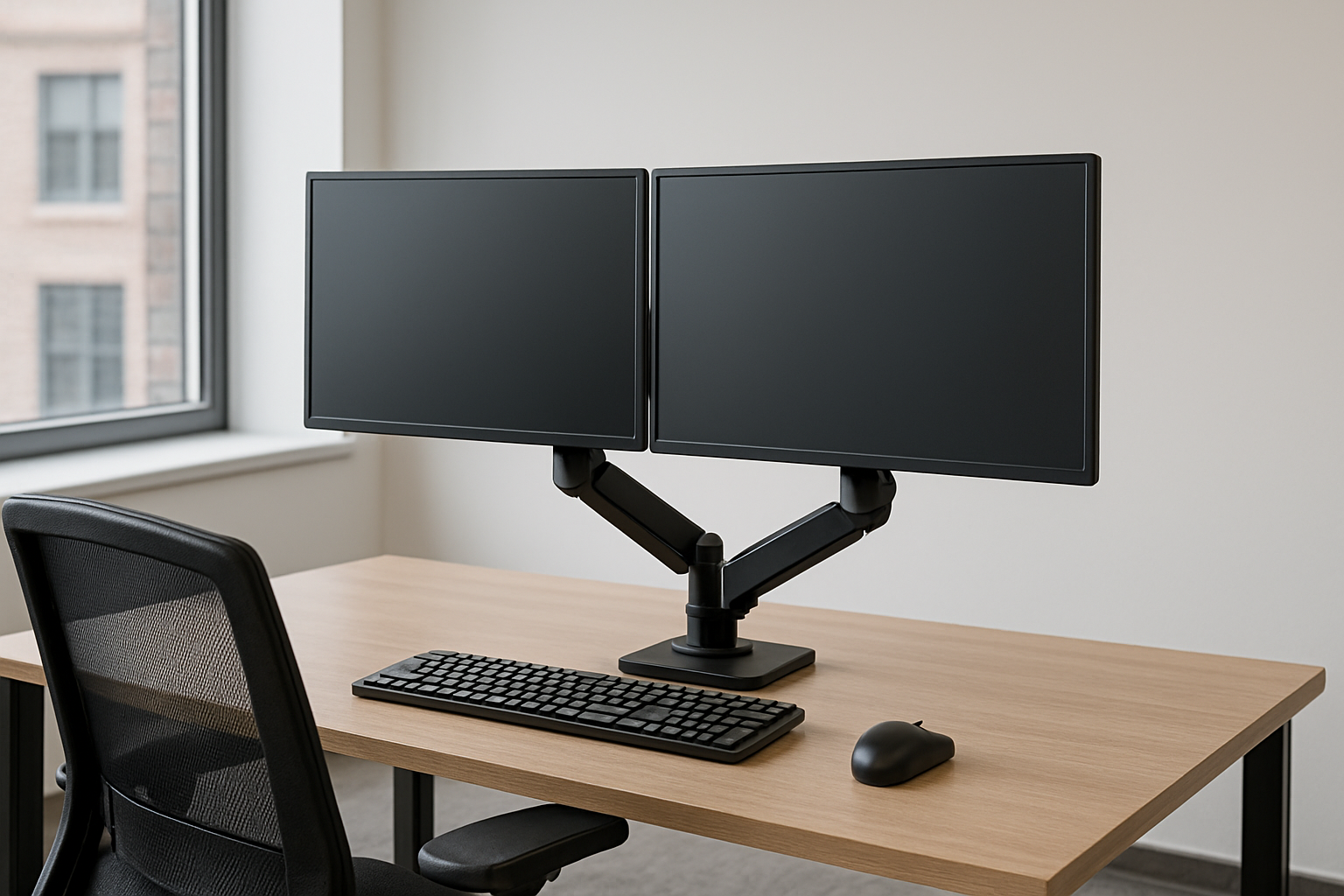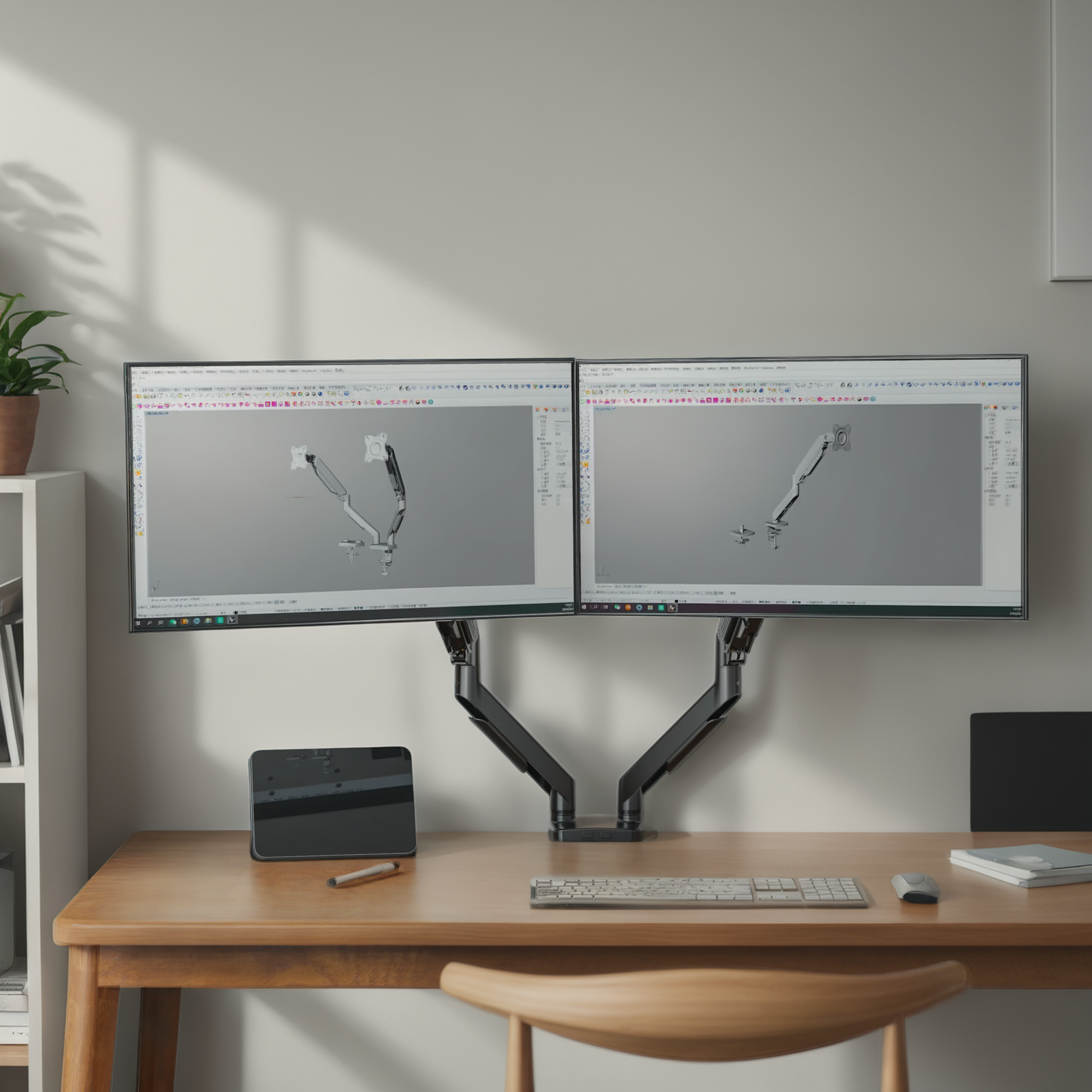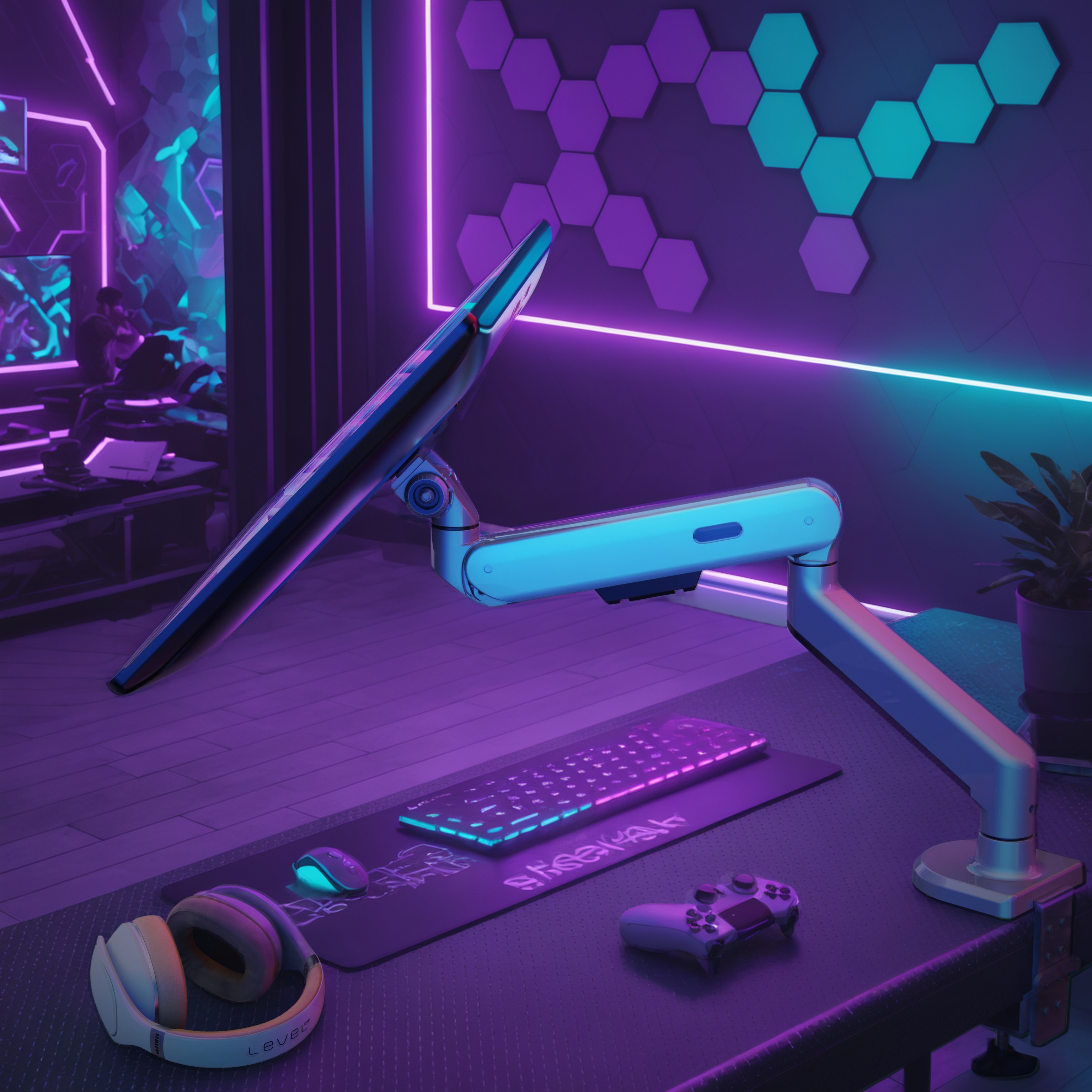
Gaming Desk Ergonomics: Reduce Fatigue During Long Sessions
Whether you're grinding ranked matches or exploring open worlds,serious gaming takes time—and a toll on your body. After hours of leaning forward, craning your neck, or adjusting to the wrong screen height, fatigue sets in fast.
Your gear isn’t the only thing that needs upgrading—your setup matters too.
Why Gamers Get Fatigued
The physical cost of long sessions
Gamers often report:
-
Neck and shoulder stiffness
-
Dry, strained eyes
-
Back pain from poor posture
-
Loss of focus during long matches
These aren’t random issues. Most gaming desks and default monitor standsdon’t support ergonomic alignment, leaving players hunched or tilted toward their screens.
A survey by GamingHealth Alliance found that 62% of gamers experienced posture-related discomfort during sessions over 2 hours.
A Setup That Matches Your Playstyle
Real-world example: The competitive gamer
Dylan, a 25-year-old competitive Apex Legends player, found that hislow monitor angle and fixed setupcaused him to lean forward instinctively—especially during intense firefights. Over time, this led to persistentneck tightness and back tension.
After switching to aheight-adjustable monitor arm from lingshang, he was able to:
-
Raise the screen toeye level
-
Maintain aneutral neck postureduring long matches
-
Keep moredesk space clearfor his mouse and keyboard
-
Reduce overall fatigue and reaction lag during gameplay
Essential Ergonomic Upgrades for Gamers
1. Elevate your screen to eye level
When your monitor is too low, your head tilts forward, putting pressure on your spine. A good monitor arm lets youfine-tune screen height and tilt.
2. Create a clean line of sight
Ideally, your eyes should naturally fallone-third down from the top of the screen, with no need to crane your neck.
3. Maximize desk space
Clamp-mounted monitor armsfree up the surface areaaround your keyboard and mouse—crucial for FPS or MOBA players.
4. Adjust on the fly
A flexible arm lets you switch fromseated to standing postureor adjust when switching games, watching streams, or chatting.
Bonus: Tilt your screen slightly upward (about 10°–20°) to reduce glare and maintain a relaxed neck position.
The Science Behind Screen Positioning and Gamer Fatigue
Maintaining a poor monitor angle during gaming isn’t just uncomfortable—it directly affects yourspinal alignment, eye muscles, and reaction time.
When your screen sits too low or off-center:
-
Yourcervical spine bends forward, increasing pressure on neck muscles
-
Youreye muscles stay tense, leading to dry eyes and headaches
-
You compensate with subtle posture shifts, causinglong-term imbalance
Research from the American Academy of Ophthalmology shows that improper screen distance and height are major contributors to digital eye strain, affecting over 70% of frequent screen users.
Using a properly aligned, adjustable monitor setup isn’t cosmetic—it’s core to your health.With the right screen position, you keep your:
-
Head upright
-
Eyes focused at a natural distance
-
Back in a supported, neutral posture
This not only improvesendurance and performancebut also reduces the risk of repetitive strain injuries over time.
Play Smarter, Not Harder
Gaming should challenge your mind—not your body. If you find yourself shifting, stretching, or rubbing your neck mid-match, it’s time to upgrade your setup.
Explore full ergonomic solutions on ourhomepage.
Need personalized support for your gaming desk? Visit ourContact Us pageand we’ll help you find the ideal monitor mount.

